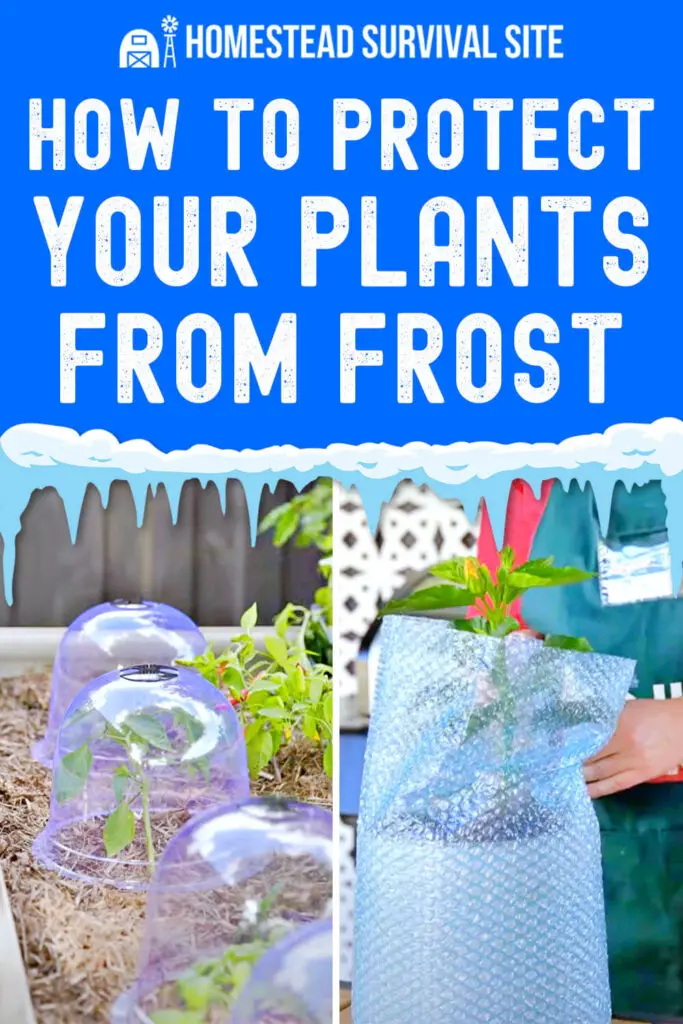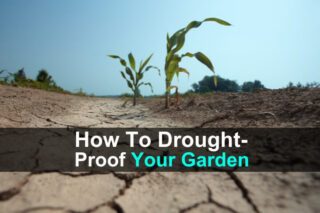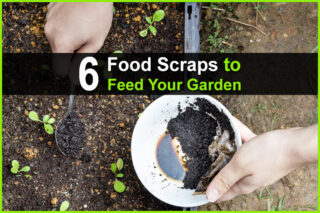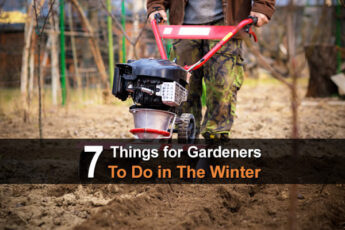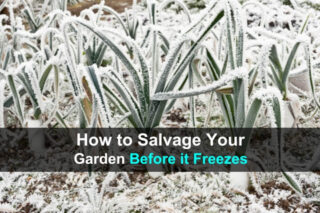Estimated reading time: 8 minutes
Have you ever woken up to a frosty morning and uttered, “Oh, no!” before racing outside to check your garden? Depending on the severity of the temperature and the hardiness of your plants, you may have lost some or all of your fall harvest.
Fortunately, there are steps you can take to avoid this frustrating scenario. All it takes is some weather watching, some plant know-how, and some basic materials to have on hand.
Want to save this post for later? Click Here to Pin It On Pinterest!
1. Know your frost dates
Frost dates, such as those in this Farmers' Almanac guide, use historical data to predict when the first frost happens in your geographic area. However, keep in mind that they are based on information from weather reporting stations and do not take microclimates – such as proximity to a riverbank or a higher elevation — into consideration.
The classification of frost and freeze temperatures is based on how they affect plants:
- Light freeze — 29° to 32°F — tender plants are killed
- Moderate freeze — 25° to 28°F — destructive to most garden plants
- Severe freeze — 24°F and below — heavy damage to most garden plants
2. Follow the weather forecast
As we all know these days, weather patterns are changing. Therefore, you cannot rely on historical data alone. Keep up with your local weather forecast, too. Most online weather sites give frost alerts. In many cases, you can set up a frost alert on weather apps.
First frosts tend to happen on cold, clear nights. In addition to the temperature forecast, pay attention to moisture levels. When moisture from the air condenses on plants and their surrounding soil, the resulting heat can raise the temperature enough to protect the plants. When the air is dry, the moisture will evaporate, removing that potential heat blanket.
3. Understand your plants' hardiness levels
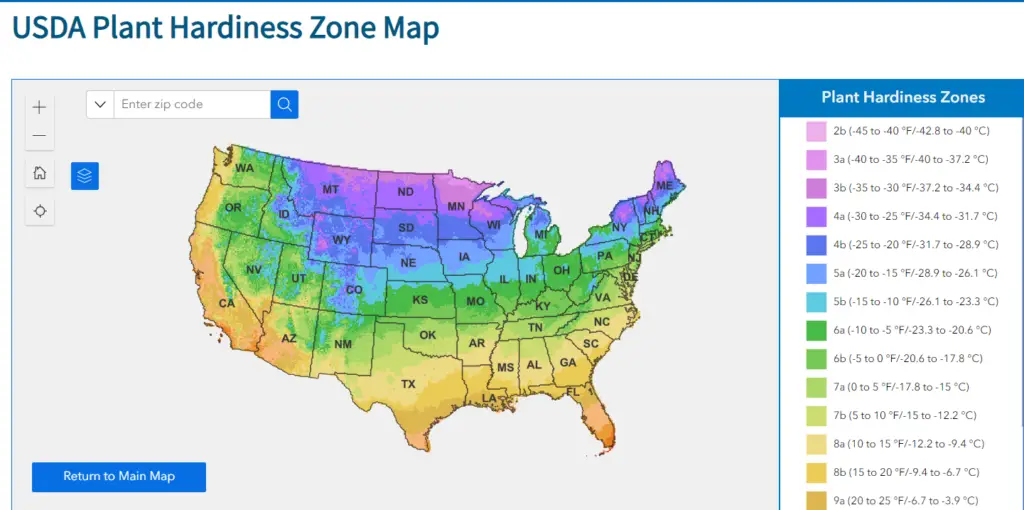
A light frost will damage tender plants like your tomatoes but usually not your kale or carrots. That's because different plants have varying frost tolerance.
Check out this hardiness guide for some general rules of thumb. And be aware of your USA Hardiness Zone by finding your location on this map.
When you plant your garden, be aware of each plant's hardiness levels. You can usually find the information on its tag. If not, conduct some online research and err on the side of caution when it comes to protecting your plants.
Protecting Your Plants
Now that you have the information you need for when to protect your plants, let's look at how to do just that.
Bring pots and planters indoors
One of the easiest ways to protect plants is by moving those you can move under cover. You can safeguard your hanging baskets, pots, and planters by placing them on your covered porch or in your garage, for example. Another option is to put them in a sheltered position near a south- or west-facing wall or next to a fence, tree trunk, or pergola.
Group your pots together as much as possible for added protection since the humidity released from their leaves will help keep them all more frost-free.
Wrap containers
If you are unable to move heavy containers, you can help protect them from the cold by wrapping them with bubble wrap or plastic sheeting as a form of insulation. You can also try burying pots in the ground or layers of straw or mulch.
Add extra organic material to your garden bed
For in-ground plants, try adding an extra layer of insulation from the cold in the form of dry mulch, bark, leaves, or straw. This natural material will help protect the plants, while allowing them to get the air and light they need.
Cover your plants
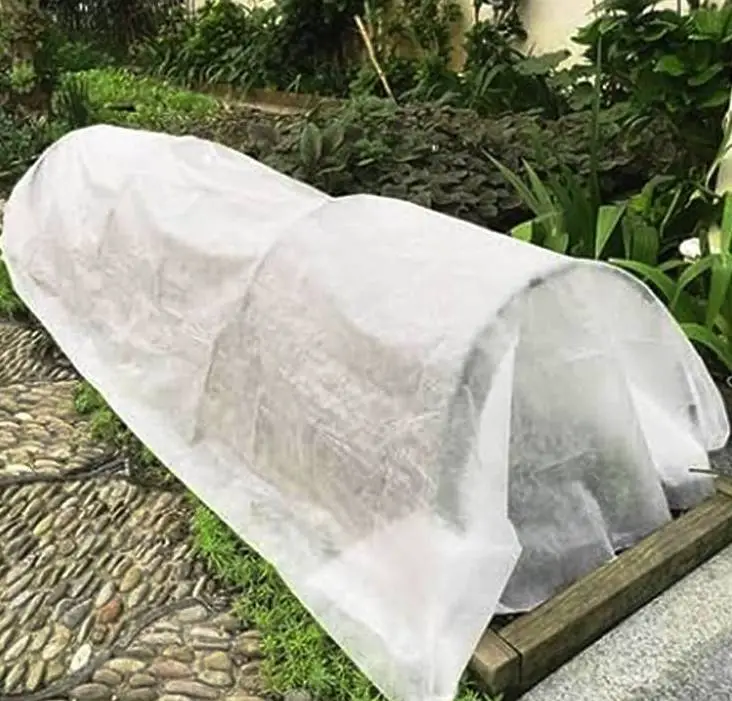
Just like we reach for an extra blanket when nighttime temperatures dip, you can blanket your plants as a form of frost protection. There are many frost protection products available for sale, but you can also use things you have on hand as long as they are lightweight and breathable for your plants.
Avoid using plastic sheeting that touches the plants. Plastic can retain moisture and actually cause more freeze damage than protection.Here are some options:
- horticultural fleece
- bubble wrap
- blankets, sheets, pillowcases, towels
- layers of newspaper
- cardboard
- tarp, drop cloth
- burlap
- inverted baskets, plastic milk jugs, or coolers
Cover the plant completely, but use stakes or poles as needed to keep them material for resting directly on the plants. Allow the material to drape down to the soil around the plant. Remove the covering in the morning after things warm up.
Use a cold frame
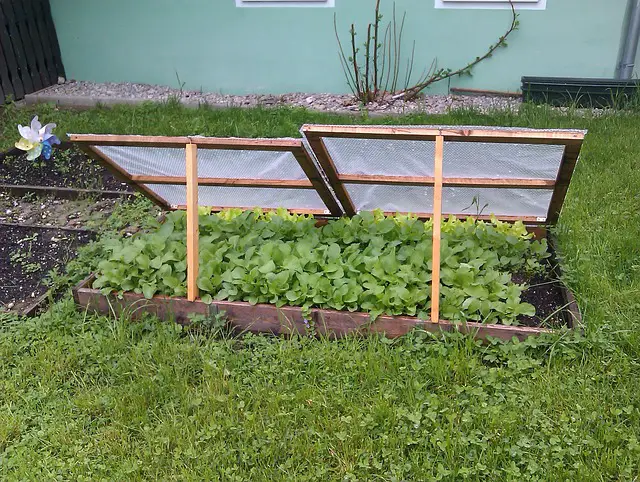
Another option is to use a cold frame for the winter. A cold frame is a simple structure that uses the sun's warmth and insulation to protect your plants from the cold and extend your growing season.
You can purchase a cold frame or a cold frame kit, but many gardeners find it easy to make one on their own. Old window frames, shower doors, and wood pallets come in handy for the project. Here are a few videos that show the process.
Water plants in the morning
Wintry air and wind can be drying for plants, and well-hydrated plants tend to survive the cold better than dehydrated plants. However, it is best to water plants in the morning when frost is a risk. Wet soil absorbs heat during the day and can have an insulating effect.
Place water jugs in the garden
Fill any size bottle or jug with water and place them in your garden before temperatures drop. One gallon jug per plant is sufficient. The filled containers will absorb the sun's heat during the day and then release it at night, protecting plants from frost.
Use cloches
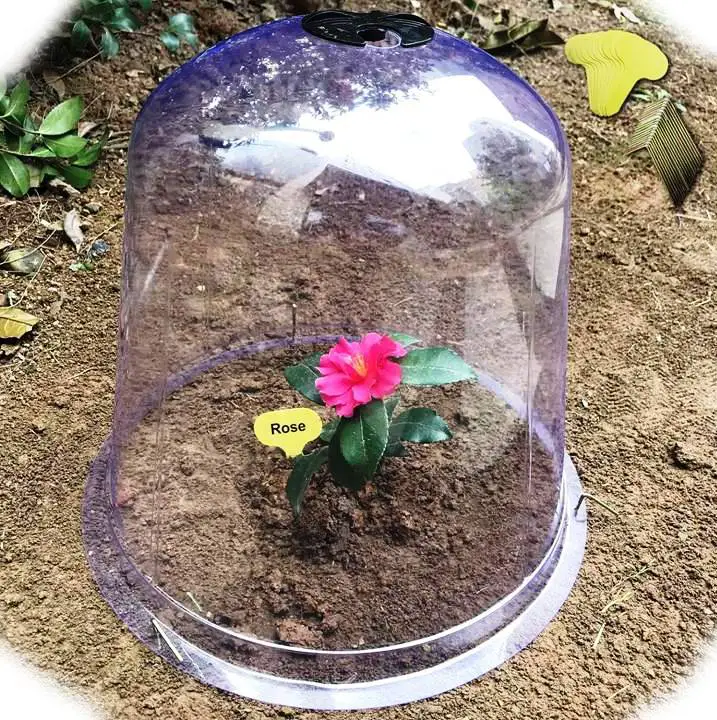
A cloche is a bell-shaped cover usually made of glass or plastic that creates a greenhouse environment around a plant. You can purchase products like these that are designed for this purpose or create your own with over-turned empty jugs.
Put out a fan
Air movement – even in the form of a gentle breeze from a fan — can help keep frost from forming. A single fan set beside a 4×4-foot garden bed can offer enough air circulation to protect plants.
Try placing the fan a few feet higher than the bed so the warm air is pushed downward. (This method works best when the fan itself can be protected from the elements.)
Warm plants with lights
Some gardeners have success in limiting the damage from frost by using lights. For example, a string of miniature non-LED lights can raise the ambient temperature around a plant.
Spray plants with anti-transpirant
An anti-transpirant spray can help some plants' leaves retain moisture in cold weather. An application usually lasts about three months, and this more pricey technique works best in locations with mild but frosty winters.
More frost protection tips
- Harvest basil and other tender herbs when frost is imminent. Even if they survive the first frost, these plants won't do well in cold temperatures.
- Harvest tender vegetables, such as tomatoes, eggplants, peppers, beans, cucumbers, melons, squash, okra, and sweet corn before the cold settles in. Here are tips for ripening tomatoes indoors.
- If the ground isn't frozen, the following vegetables are more cold tolerant: broccoli, beets, cabbage, spinach, parsnips, celery, parsnips, lettuce, leeks, arugula, Swiss chard, and kale.
Is there anything you can do after garden plants experience frost damage? It depends. Some tender annuals will be beyond saving, but other annuals and perennials may recover. Focus on plants that survive cold temperatures and can keep your gardening season going. You might even enjoy having some freed-up space for some new late-season plants.
A loss of leaves doesn't necessarily mean the plant is dead. Its stem and dormant buds may yet be intact. Take steps to protect damaged plants from additional frosts since they are likely to be more vulnerable now.
If plants don't recover within two weeks, don't give up. Try removing the damaged plant parts. This step helps save the plant's energy and may help it survive. Many plants are surprisingly resilient, but you may not see positive results until late spring or early summer.
Here are some tips on helping plants survive after frost damage.
- Dealing with Plant Freeze Damage
- How to Take Care of Plants with Freeze Damage
- Frost damage on your plants – Don't give up!
Like this post? Don't Forget to Pin It On Pinterest!
You May Also Like:




